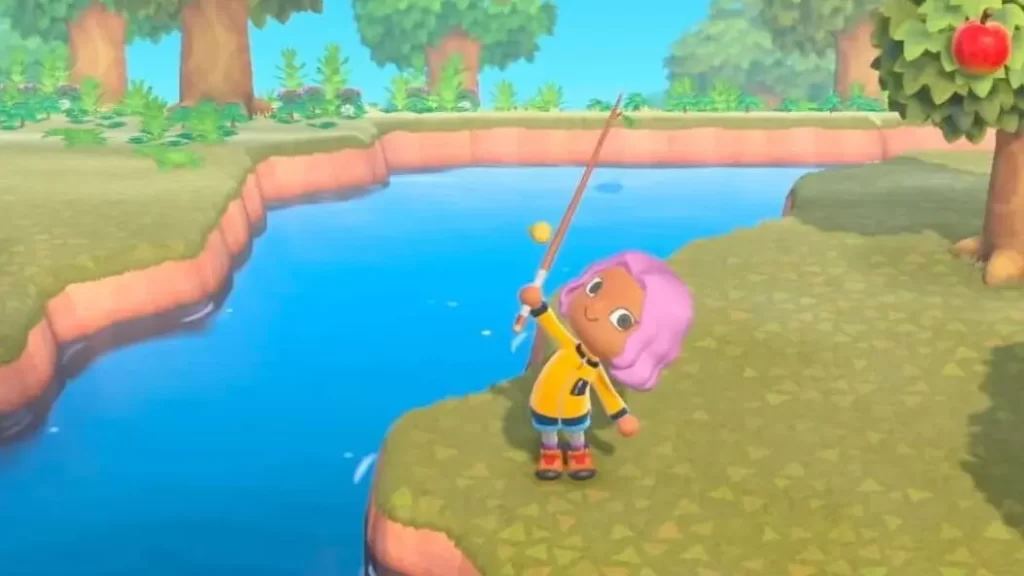After the creation of Ethereum, its developers started outlining plans for merging the Proof-of-Work blockchain with the Proof-of-Stake principle. The long-awaited “The Merge” took place 7 years later, with 40,000 people participating in the broadcast of the event. They tracked the blockchain approaching a total finite difficulty of 58,750,000,000T, a fixed number of hashes that the Proof-of-Work Ethereum network had to mine before switching to Proof-of-Stake. With The Merge, Ethereum put an end to the mining process, and instead introduced “staking” (proof of stake) which requires ETH holders to pledge their assets on the network in exchange for passive income. This implies that Ethereum now uses 99.95 less energy than before. According to the creator of Ethereum, The Merge is the first of many steps the network still needs to take. At a conference organized by Messari in NY, Vitalik Buterin said it was too early to say the outcome of the merger. The transition actually went much smoother than expected, Buterin said. “But there are other indicators that will take years or even more than ten years to show in detail.”
He noted, however, that “It’s as if the sky, which had been cloudy for almost a decade, is finally clearing.”
The Surge
According to Vitalik, the next main focus of Ethereum developers will be solving scalability issues. Sharding is the next step we haven’t reached yet,” said Buterin. In essence, sharding is a form of horizontal scaling in which additional nodes are added to the network to handle more intensive workloads. This next step, dubbed The Surge, is planned as a series of separate events that will eventually allow Ethereum to process thousands or tens of thousands of transactions per second, up from З0 transactions per second in its current state. According to Buterin, the tier 1 Ethereum network will need sharding because tier 2 can only process a certain number of transactions on the Ethereum blockchain for each kilobyte of data.
What is fragmentation?
Sharding, which is a common concept in computer science, is the method of splitting a database horizontally to distribute the load. The goal is to reduce network congestion and increase transactions per second. In an Ethereum context, “sharding will work synergistically with Layer 2 rollups, sharing the burden of dealing with the large amount of data needed for rollups across the network.” (Rollups are a “layer 2” technology that exists today.) According to Ethereum.org, Sharding could launch sometime in 2023. It will give Ethereum more capacity to store and access data, but it won’t be used to run code.
Why Fragment?
Fragmentation is a good way to scale if you want to keep things decentralized. With Sharding, validators will no longer need to store all this data. Fragmentation will eventually allow you to run Ethereum on a laptop or personal phone. It will increase security, as the more decentralized the network, the lower the surface attack. It will lead to lower hardware requirements, to run clients on their own.
Sharding provides secure distribution of data storage requirements, allowing rollups to be even cheaper and making nodes easier to operate Therefore, tier 1 network upgrades that increase maximum storage capacity will also increase the scalability of solutions layer 2. Proof of Stake (PoS) has significant environmental benefits over Proof of Work (PoW), and Buterin believes that all networks should eventually migrate to Proof-of-Stake technology.

